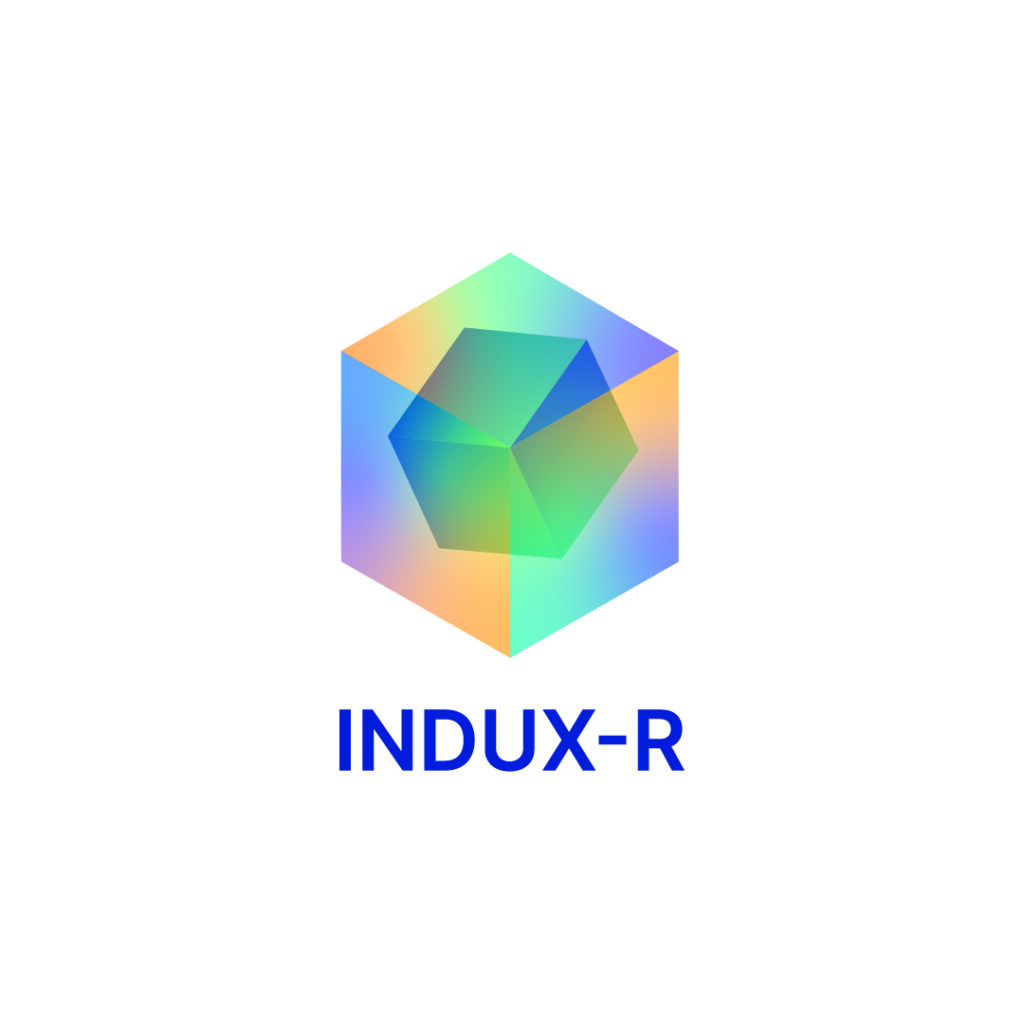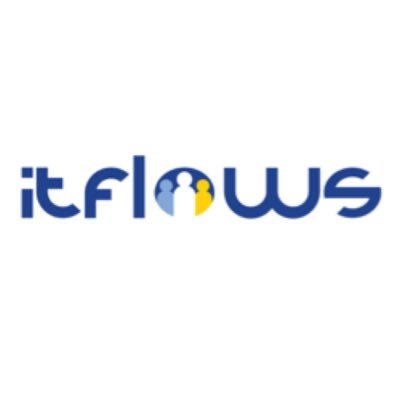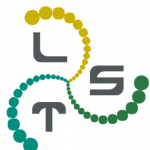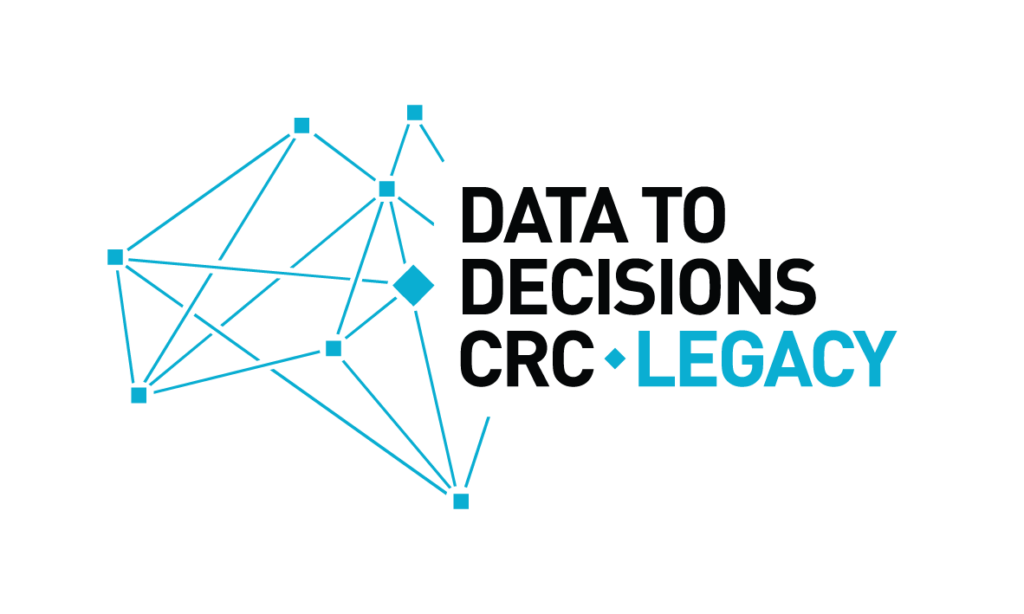
INDUX-R
Transforming European Industrial Ecosystems through eXtended Reality enhanced with human-centric AI and secure, 5G-enabled IoT
Call: HORIZON-CL4-2023-HUMAN-01-CNECT; Topic: HORIZON-CL4-2023-HUMAN-01-22
Period: 2024-2026
Home page: https://indux-r.eu/
INDUX-R envisions a human-centric XR ecosystem that will transform European industrial sectors by empowering humans and creating innovate XR products and services of significant added value. It targets for concrete scientific breakthroughs integrated in technological enablers that will be applied in use cases driven from real-life needs while having the potential to be replicated in several other applications. These breakthroughs are focused on core XR technologies, namely, digitisation and creation of XR assets, realistic animation, light-field HMDs, XR media streaming and egocentric perception.
To address challenges that multi-user XR applications pose, INDUX-R will implement a highly scalable, zero-touch 5G architecture and a secure, interoperable IoT network that can accommodate fluctuating demands and minimize waste of resources.
The foreseen use cases cover a wide spectrum of industrial ecosystems in event planning, Industry 4.0, virtual medical training, cultural tourism, and broadcasting of sports events where end-users will participate in every step of INDUX-R.

OPTIMAI
Optimizing Manufacturing Processes through Artificial Intelligence and Virtualization
Call: H2020-NMBP-TR-IND-2020; Topic: DT-FOF-11-2020
Period: 2021-2023
Home page: https://optimai.eu/
Industry is the backbone of the European economy. Enabling technologies like artificial intelligence (AI) and digital twins (DT) are powering remarkable growth potential and driving the next generation of industry. Using these technologies, the EU-funded OPTIMAI project will strive to strike an optimal balance between fast, cheap and reliable production choices that have a big impact on the competitiveness of an industry. To this end, the project will develop smart instrumentation of production with AI-enabled sensors for quality inspection and monitoring. Using AI models, collected data will be analysed for the early detection of defects, the identification of upstream deficiencies and the reconfiguration of production parameters. To optimise production planning, the project will virtualise production using digital twins of processes and sensors.

ITFLOWS
IT tools and methods for managing migration FLOWS
Call: H2020-SU-SEC-2019; Topic: SU-BES01-2018-2019-2020
Period: 2020-2023
Home page: https://www.itflows.eu/
In order to deal with migration flows in Europe in an optimal way, the EU-funded ITFLOWS project aims to predict and manage migration flows via the creation of an evidence-based information and communication technology-enabled solution, the so-called EUMigraTool. The tool will ease the reception, relocation, settlement and integration of migrants. Intended to be used mainly by first-line practitioners, second-level reception organisations and municipalities, it will also help to predict migration flows and identify the potential risks of tensions between migrants and EU citizens. Ultimately, the project will formulate recommendations and good practices for the attention of policy makers, governments and EU institutions.

LAST-JD-RIoE
Law, Science and Technology Joint Doctorate: Rights of the Internet of Everything
Call: H2020-MSCA-ITN-2018; Topic: MSCA-ITN-2018
Period: 2019-2023
Home page: http://www.last-jd.eu/
Internet of Everything (IoE) is one of the major technological trends, going beyond the ongoing Internet of Things era focused only on connecting devices. IoE looks at the connection of devices, persons and data via processes: “IoE connects the unconnected with ever-smarter technology. It brings people together with process, data, and things.” If on the one hand it is considered as a huge opportunity estimated at 19b$ it presents new complexities and risks for our life and economy. The big data is an essential pillar of the IoE . Thus, including more explicitly persons and data concerning them, IoE cannot be limited to engineering and computer science, but is a topic that needs to be investigated with scientific interdisciplinary researches under different perspectives: technical, legal, economical, ethical, philosophical point of view: it “involves a
complex and evolving set of technological, social, and policy considerations across a diverse set of stakeholders.” Privacy, Intellectual Proprietary Rights, Data Ownership, Super-control of people behavior, Fundamental Rights, Ethical principles are critical issues that could determine the success of IoE in the market. Algorithms which are at the core of the devices all around us, expected to be tens of billions in 2020, must be governed. IoE is already entering the H2020 work programme even if only the IoT is mentioned in the calls. The attention to nontechnological
aspects is reflected in the H2020 objectives ICT-35-2016 of LEIT and REV-INEQUAL-09-2017 of SC5 focus on the need of including SSH sciences for a critical analysis of the problems raised by pervasive technologies. However, if research projects are a way to face these problems, the needed competences are lacking, since they are highly interdisciplinary and, from the legal point of view, they require an international perspective. For these reasons we present a MSCA-ITN European Joint Doctorate proposal.

SPIRIT
Scalable privacy preserving intelligence analysis for resolving identities
Call: H2020-SEC-12-FCT-2016-2017; Topic: SEC-12-FCT-2016-2017
Period: 2018-2022
Home page: https://www.spirit-tools.com
SPIRIT project takes up a holistic approach to identity resolution and will develop a semantically rich sense-making capability to facilitate cognitive tasks in the resolution of identity in full operational compliance with data and privacy protection as operationally assured through workflow-embedded data anonymisation and privacy filtering techniques as required, whilst retaining maximum possibly informativeness of data that can be legally used. Thus SPIRIT will provide capabilities to continuously initiate complex associative searches over all sources relevant to the current investigation, correlate information from multimedia data, reason over information with uncertainty, and structure and manipulate information into a unified view of the available evidence over a persisted, searchable knowledge base. The final goal is to empower the investigator to create a semantically rich picture over all the available evidence to be presented at court.

Lynx
Building the Legal Knowledge Graph for Smart Compliance Services in Multilingual Europe
Call: H2020-ICT-2017-1; Topic: ICT-14-2016-2017
Period: 2017-2020
Home page: https://lynx-project.eu/
European small and medium-sized enterprises (SMEs) and companies operating internationally face multiple difficulties to trade abroad and to localise their products and services in other countries. Complying with regulatory and legal aspects is crucial for these companies, who usually delegate the task to law and consultancy firms. These firms have to identify, retrieve and process documents from several sources, in multiple languages, and published by various institutions according to different criteria and formats. Such a burdensome task is hindering European SMEs to sell across borders, and thus reducing its competitive potential. Current content and data analytics solutions are mature to be transferred to the market and leverage the new opportunities created by the data linking paradigm and the open data movement.
Lynx aims to create a knowledge graph of legal and regulatory data towards compliance, in which heterogeneous data sources from different jurisdictions, languages and orders are aggregated and interlinked by a collection of advanced services. Building on this legal knowledge graph, a Lynx platform will offer compliance-related functionality focused on three specific business cases. In a first pilot, legal compliance solution for data protection will be offered, where data protection related documents are innovatively managed, analysed, and visualised across different jurisdictions. In the second pilot, the Lynx platform will help understanding regulatory regimes (norms and standards) related to operations in the Oil & Gas and Energy sectors. The third pilot will provide a compliance solution in the labour law domain, where legal provisions, case law, administrative resolutions, and expert literature will be interlinked, analysed, and compared to define legal strategies in the context of legal practice. European citizens will also benefit from this solution because they will gain free access to a new collection of aggregated and interlinked legal data.

RightsApp
Mobile Technologies applied to protect victims of crime within the EU Area of Justice: RightsApp for e-Justice
Call: JUST-JACC-EJU-AG-2017; Topic: JUST-JACC-EJU-AG-2017
Period: 2018-2020
Home page: https://rightsapp-project.eu
Objectives – To research potentialities that mobile technologies offer to improve the empowerment of EU citizens regarding their rights when they fall victim of a crime – To design and implement a mobile application for Android and iOS (2) that will contribute to a more effective implementation of victims’ rights when they fall victims of crime – To pilot both multilingual applications in English, Spanish, Portuguese and Italian – To implement an efficient dissemination strategy to help citizens understand the capabilities of the RightsApp applications and the support that the designed technical solution may provide Activities – To design a questionnaire aimed at gather citizens’ current situation – To design a decision tree from the sources considered as key – To link the questionnaire and the decision tree – To implement two mobile applications devised to empower EU citizens when they fall victims of crime – To pilot both mobile applications – To disseminate the research and the results Type and number of persons benefiting from the project – European citizens. The 30 million individuals that every year report a crime within the EU – Academia Expected results – To contribute to a more effective implementation of the EU citizens’ rights when they fall victims of crime – To improve access to justice by empowering EU citizens regarding their rights when they fall victims of crime – To disseminate the research within the project to encourage academia to build on the results produced.

Project B1 – CRC Data to Decisions
Research on technical aspects of identity proofing for incorporation into an issues paper and project (CRC Data to Decisions)
Deakin University (Australia); Contract
Period: 2018-2019
Home page: https://www.d2dcrc.com.au/

TakeDown
Understand the Dimensions of Organised Crime and Terrorist Networks for Developing Effective and Efficient Security Solutions for First-line-practitioners and Professionals
Call: H2020-FCT-2014-2015; Topic: FCT-16-2015
Period: 2016-2019
Home page: https://www.takedownproject.eu/
Organized Crime and Terrorist Networks (OC/TN) are a major challenge for the European Union and many different stakeholder groups are involved in creating awareness, preventing, identifying and intervene in case of risk or threat. But in order to develop better strategies and instruments, we still need a deeper understanding of these phenomena. TAKEDOWN therefore aims at generating such novel insights on OC/TN. In order to meet this challenge and to investigate this complex field of research a multidimensional modelling approach is used. The resulting, proprietary TAKEDOWN Model describes social, psychological, economic aspects as well as further dimensions, activities and response approaches. A comprehensive empirical research combined with European and international expert knowledge ensures a valid and intuitive model. The TAKEDOWN Open Information Hub targets first-line-practitioners and provides modular solutions and inductive materials. The public web platform helps individuals to navigate to the right third party reporting and help lines including an innovative crowd reporting application to report digital OC/TN cases. The TAKEDOWN OC/TN Professional Solution Platform consists of various modules for law enforcement and homeland security departments. Designed with a flexible Platform as a Service (PaaS) architecture it combines knowledge materials and digital security solutions. Via the TAKEDOWN Security Dashboard information streams of native and third party applications are combined in an identification and issue management cockpit. The TAKEDOWN Professional Advisor supports experts on the selection of relevant approaches and security solutions to tackle OC/TN. With this multi-level approach, TAKEDOWN will force a better understanding of OC/TN, develop modern approaches and solutions, and will finally lead to a more efficient and effective response on OC/TN and strengthen social cohesion at pan-European level

P-REACT
Petty cRiminality diminution through sEarch and Analysis in multi-source video Capturing and archiving plaTform
Call: FP7-SEC-2013-1; Topic: SEC-2013.7.2-1; Contract
Period: 2014-2016
Home page: http://p-react.eu/
Petty crimes pose a more significant threat to daily life of local communities. Crime increases due to socioeconomic criteria (wealth level of local community, unemployment rate, etc.) and its impact is becoming more critical due to recent economic crisis. This high rate of criminality infects the social and commercial environment which makes citizens and business reluctant to elaboration and welfare. Moreover, it should be kept in mind that reckless confrontation to petty crimes by police or security enterprises can cause unreasonable loss of lives. FP7-SEC-2013 has identified this need and requires low cost technology based solutions that reduce criminal activity and at the same time meet the needs and financial expectations of the communities, citizens and businesses. In response to the above issue P-REACT proposes to research and develop a sensor data (video and motion) capturing and archiving network/platform that allows the protection of small businesses from petty crimes. It is based on low cost components and built in capabilities (sensors and embedded systems) interconnecting using established and emerging technologies, such as Digital Subscriber Lines and Cloud computing. The basic idea is to install low-cost cameras and smart sensors in the small business’ premises, that are networked directly to, one or more, Cloud-based, Data Centers, where their activity is continuously monitored and recorded. A potential incident detected by sensors installed in a specific store may also trigger neighbour sensors installed in other premises near the incident in order to provide the best coverage possible in terms of data gathering. Moreover, the platform will be able to receive information (images, video) captured by mobile smart devices (phones, tablets etc.) operated by users that were found ad-hoc at a place of an incident.

SAVASA
Standards Based Approach to Video Archive Search and Analysis
Call:FP7-SEC-2011-1; Topic: SEC-2011.5.3-4; Contract
Period: 2011-2014
Home page: https://cordis.europa.eu/project/id/285621
The SAVASA project proposes the creation of a video archive search platform that allows authorised users to perform semantic queries over different, remote and non-interoperable video archives this project will exploit the current trends in computer vision, video retrieval and semantic video analysis. It is also a goal of the project to ensure that its results are capable of deployment in distributed systems and as software services.
However, technology for technologies sake is of little value. Therefore the involvement of ethicist, legal experts and, most importantly, those users who must operate Video Archive installations and services to meet the needs of law enforcement agencies and judicial authorities, as well as those of civil protection and day-to-day organisational needs, is required. The SAVASA consortium covers each of these roles.
At its core, SAVASA will use existing reference technologies from the ICT field that have overcome the barrier of system interoperability/compatibility, i.e. between container and compression formats. The project will implement a prototype platform capable of demonstrating unified archive integration and an approach to common search and indexing. The project will also provide a set of tailored video analytics and semantic analysis tools that will provide added value to end-users, but which can also function within a legal and ethical framework. The project will provide an analysis of existing technical barriers/requirements in the standardisation of technologies and procedures, via the validation testing of a prototype platform with end users. Finally, SAVASA will implement a project structure that will ensure that RTD, Legal, Ethical and End User needs are properly balanced and addressed.

CAPER
Collaborative information, Acquisition, Processing, Exploitation and Reporting for the prevention of organised crime
Call: FP7-SEC-2010-1; Topic: SEC-2010.1.2-1
Period: 2011-2014
Home page: https://cordis.europa.eu/project/id/261712
Organised crime use information technology systems to communicate, work or expand their influence. Current tools for the fight against organised crime have shown their limits and reflect the need to develop a scalable tool to track them more efficiently. CAPER’s objective is to build a common collaborative and information sharing platform for the detection and prevention of organised crime in which the Internet is used (e.g. sale of counterfeit or stolen goods, cyber crime) and which exploits Open Source Intelligence. State intelligence agencies are becoming more inclined to using Open Source Intelligence (OSI), and particularly tools typically associated with the Social or Semantic Internet. The techniques and technologies applied by CAPER to Open Source Intelligence will also be applied to “Close Source Intelligence”, i.e. existing information systems in use by the LEAs. Both sets of information will be processed and exploited equally allowing one to infer on the other. The analysis modules built in the CAPER project will also give new value to existing intelligence through image, video, speech and biometric analysis. CAPER will provide Law Enforcement Agencies (LEA) with a common operational platform for Open Source Intelligence complemented by standards based interfaces sets. It will allow easy integration with legacy systems and future applications. Analysis modules for multilingual and multimedia content (multiple languages, voice, text, audio, image, video and biometrics) and application of the analysis technologies in exiting information systems (Closed Sources) will be included to gain new value and spot missed clues. Caper groups European partners which bring their technological expertises for video, speech, image, biometric analysis, Open Source information acquisition and ETL technologies, but also Law Enforcement Agencies for the definition of their needs and the integration of the system, which will guarantee the success of the project.